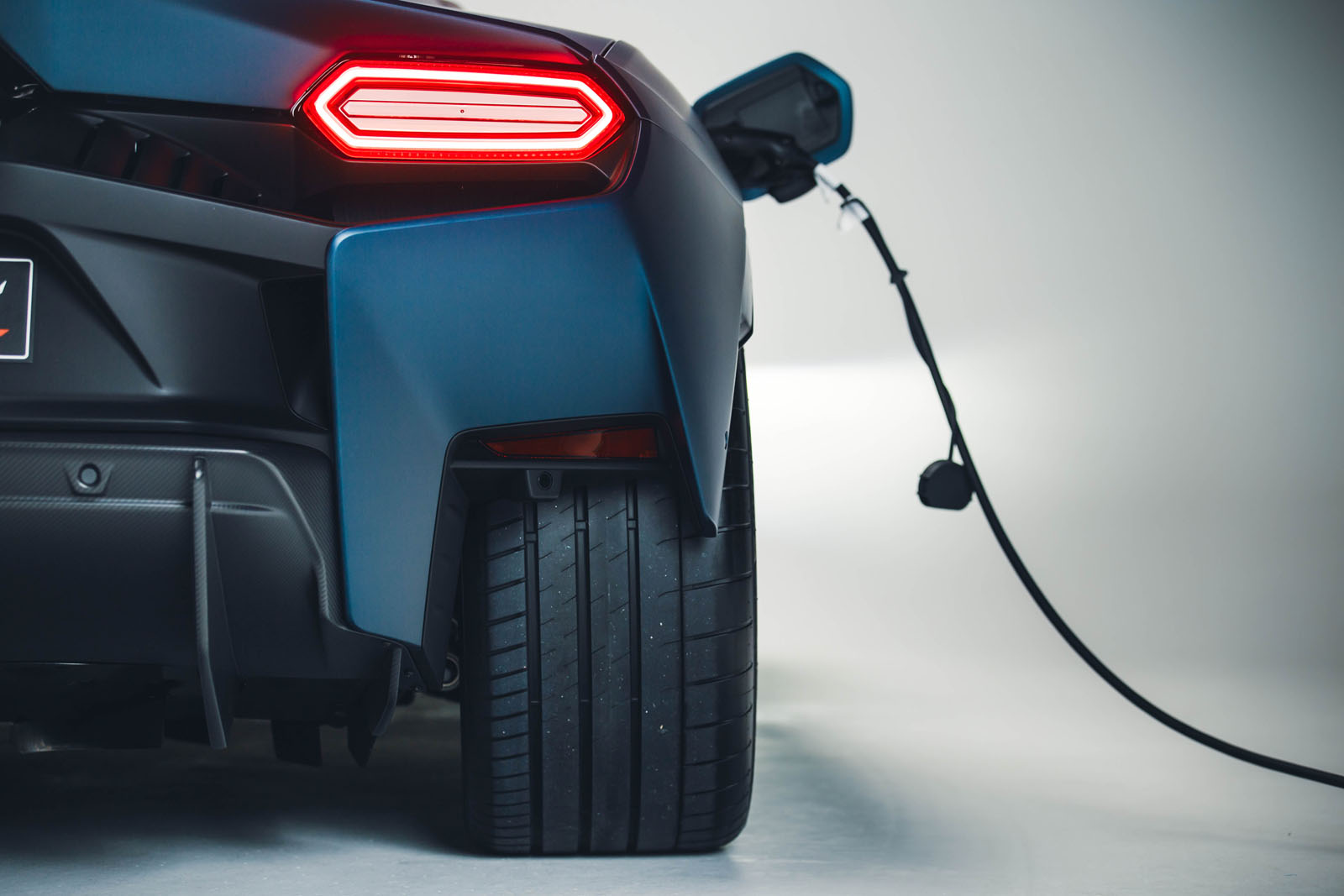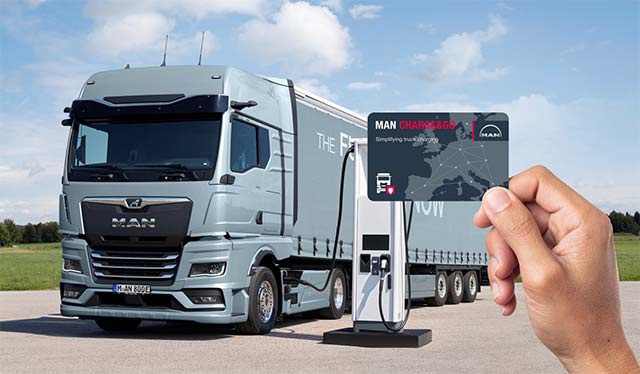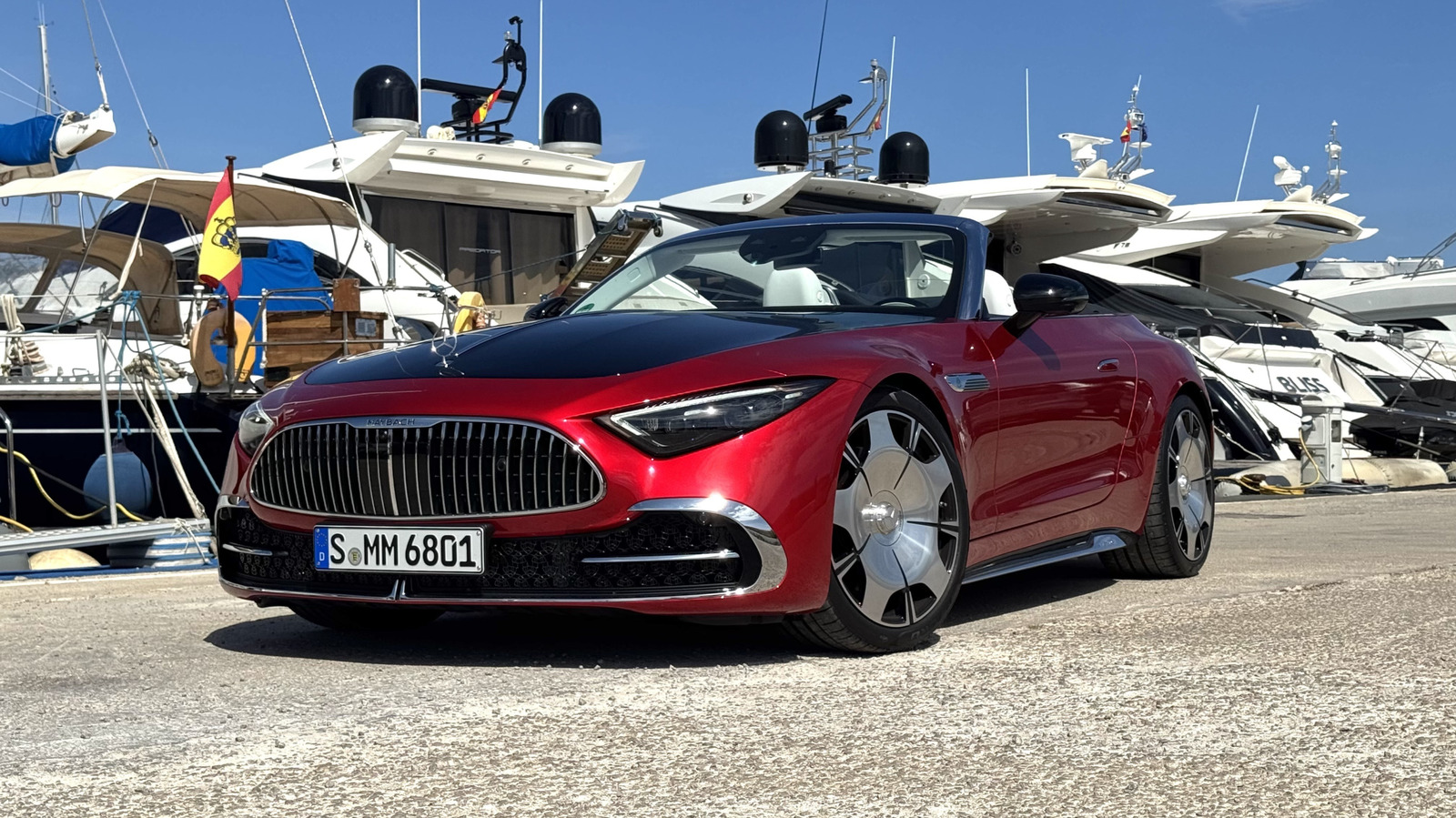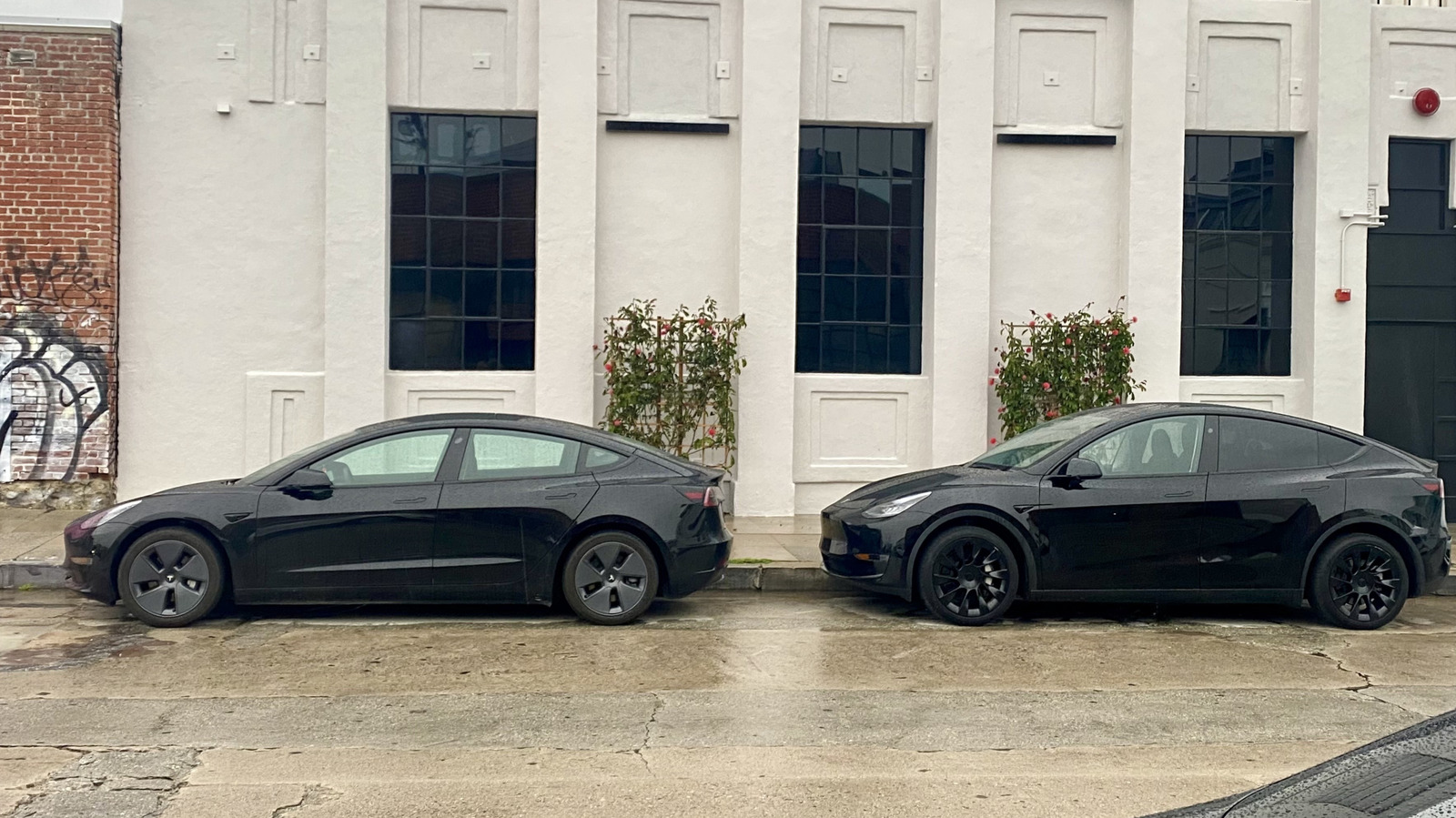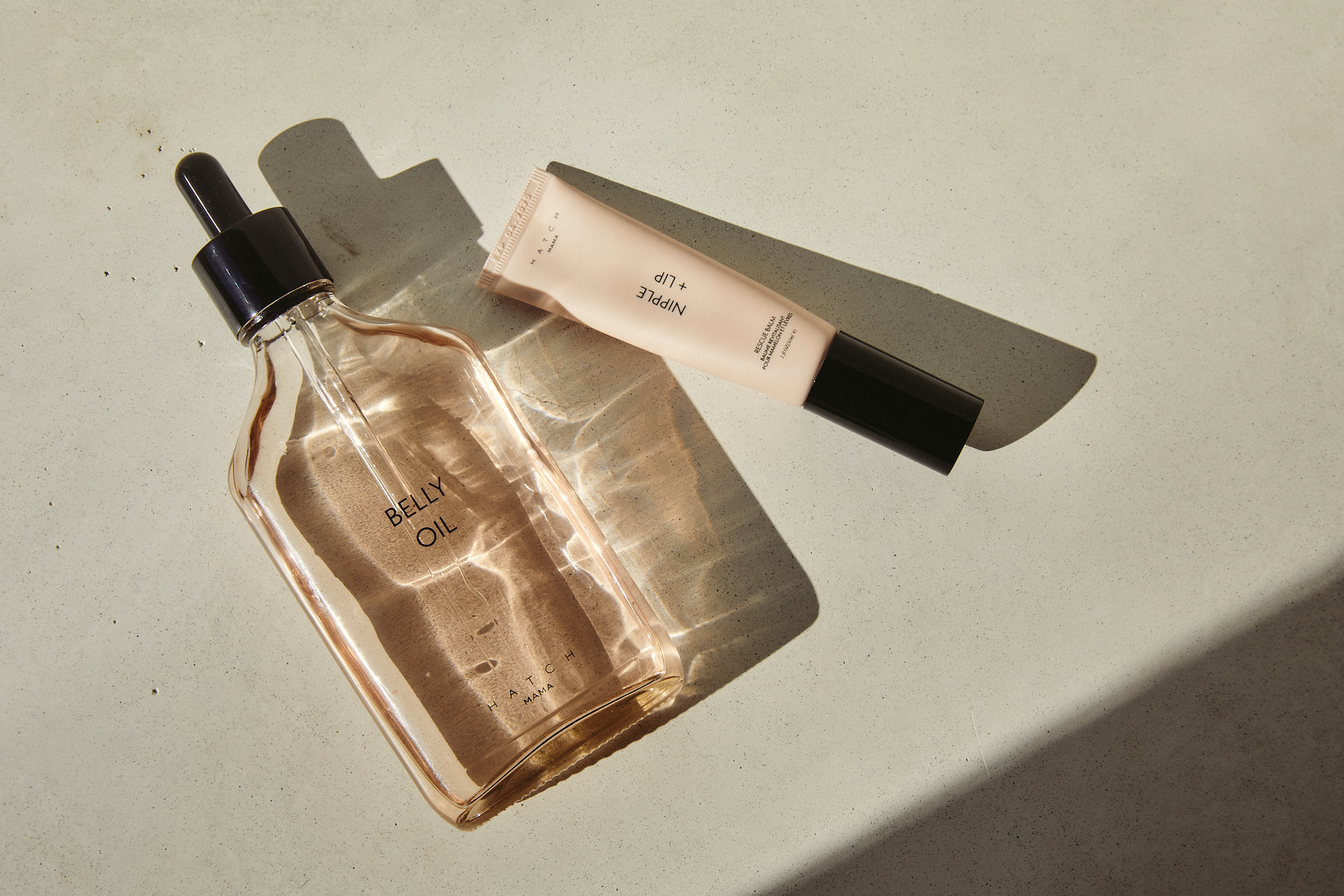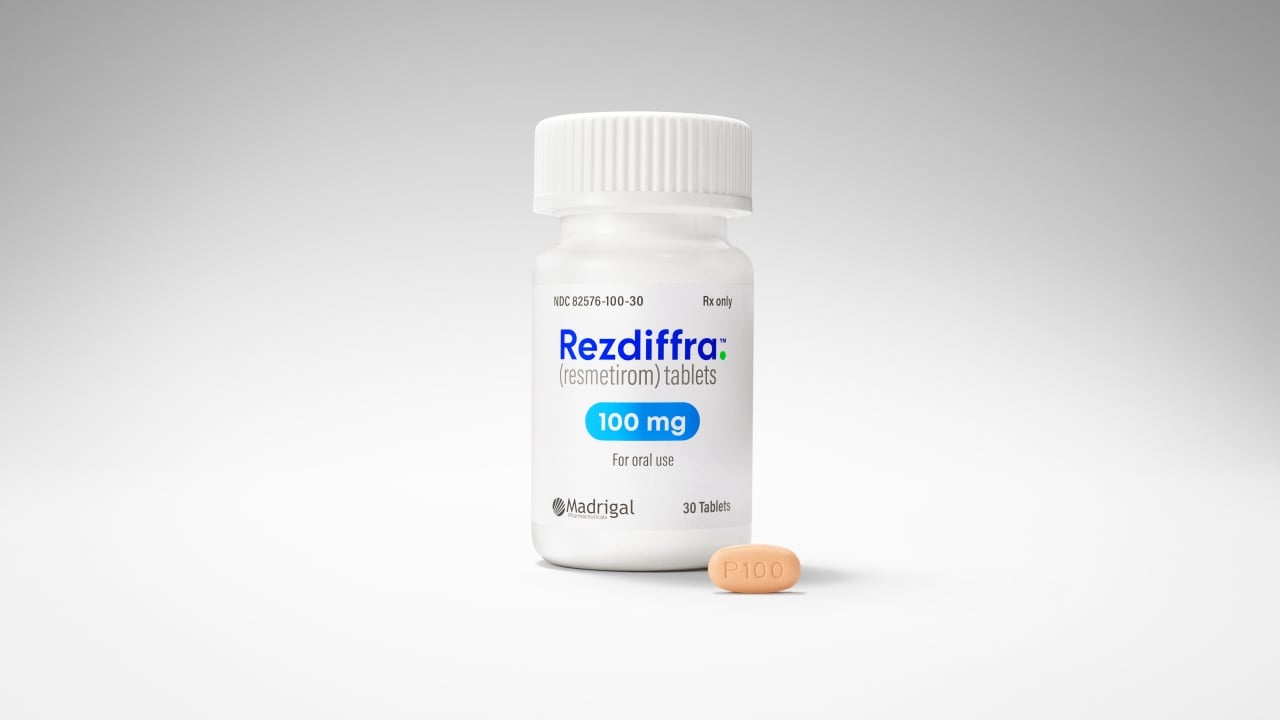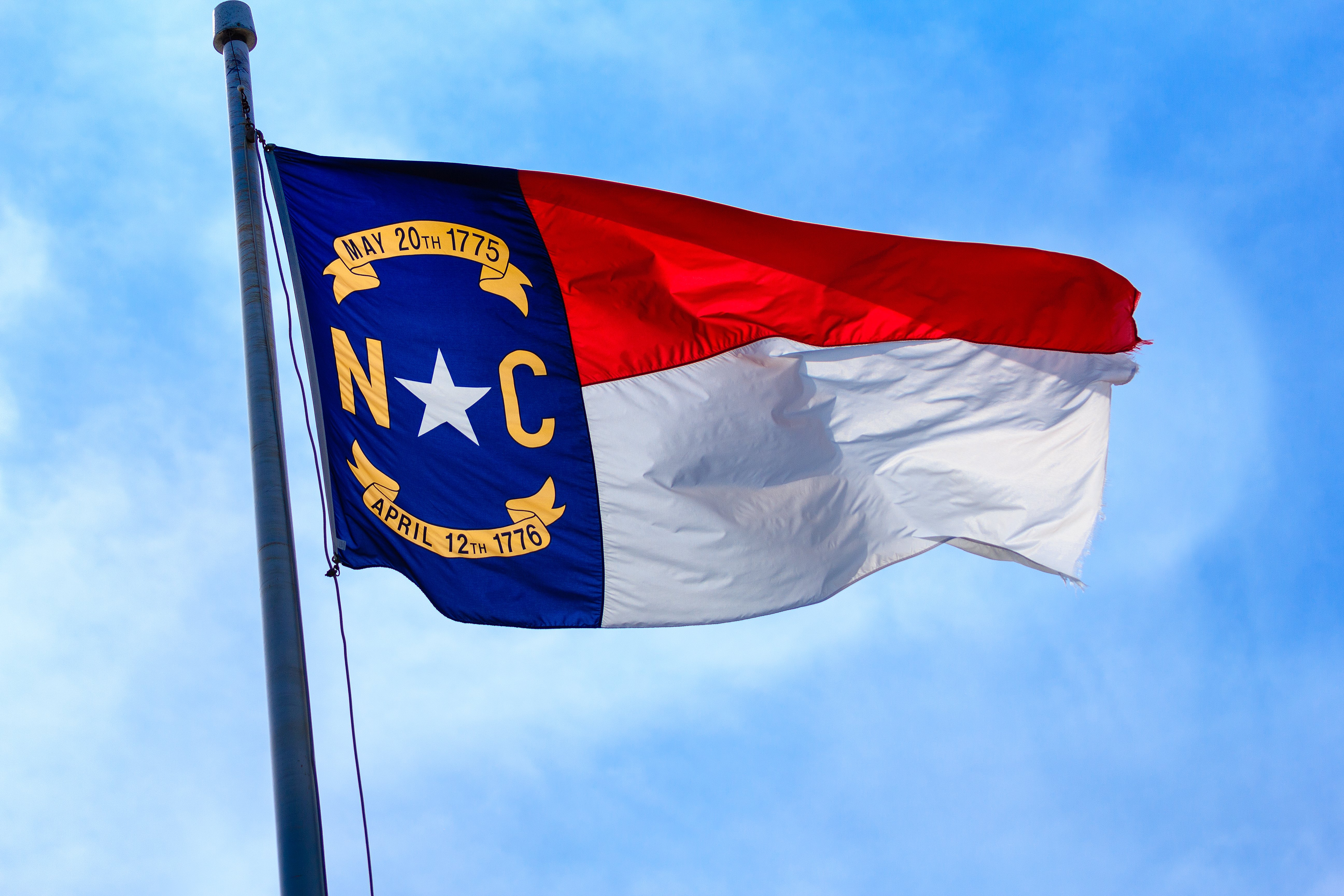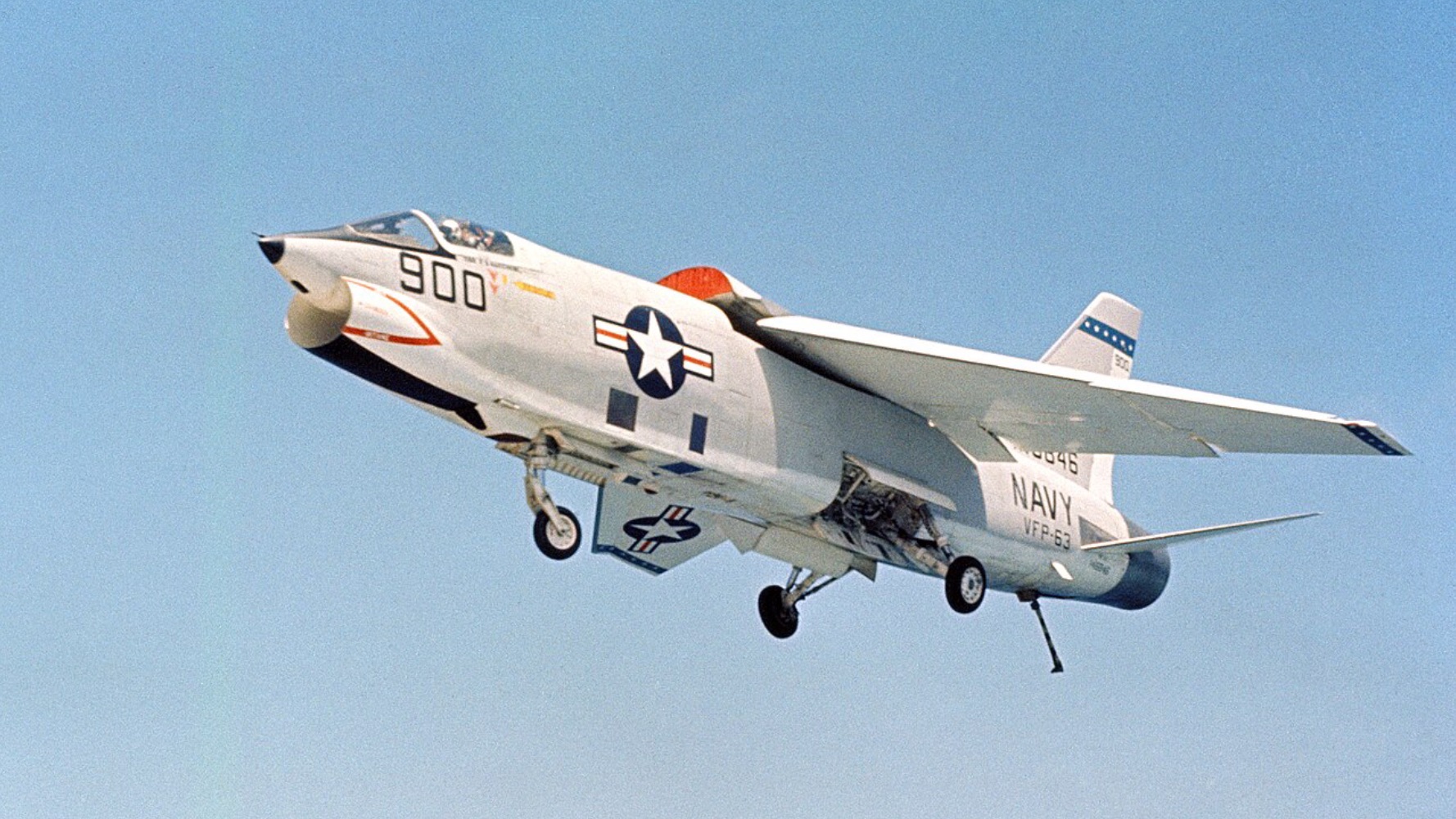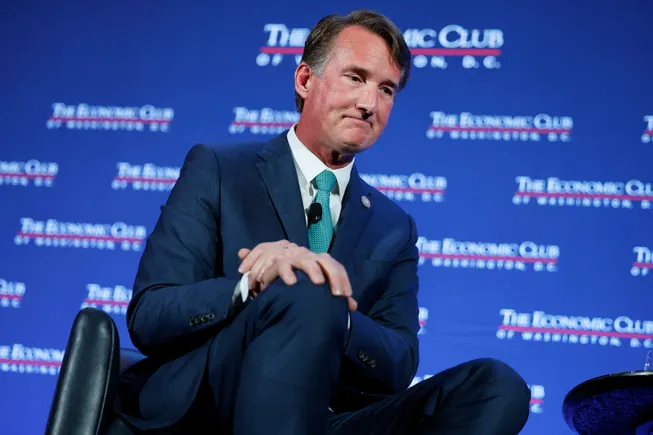Tapped Out: Draft Beer Lists Are Getting Shorter
The days of dozens of craft beers on tap are over as bars and restaurants reorient their draft lines toward cocktails, wine and NA drinks. [...] Read More... The post Tapped Out: Draft Beer Lists Are Getting Shorter appeared first on Wine Enthusiast.
Ten years ago, the Olympic Tavern in Rockford, Illinois, often had up to 30 beers on draft. In 2025? Not so much.
“That was the height of craft beer—it was easy to keep 28 handles on tap,” says Zak Rotello, the bar’s third-generation owner. “Now, fast-forward 10 years and I have less beer on tap than ever: 21 beers out of a total of 30 handles. The others are wine and spirits.”
It’s not just Rockford. Across the country, a number of bar owners are moving away from the massive tap lists of the craft era. Back in the days of what Rotello calls “rotation nation,” enthusiastic beer drinkers were always hoping to find something new on tap—and bars were happy to oblige. Instead, many bars today are offering fewer draft beers, often using those same lines for pre-mixed cocktails, bulk-packaged wine or other beverages.
The Big Shrink
In a similar vein, several high-profile bars and restaurants have opened with extremely focused draft beer lists.
That’s the operating philosophy at Meetinghouse, a corner bar in Philadelphia’s Olde Richmond district, which was picked by Bon Appétit as one of the best new restaurants of 2024. While the space’s previous tenant, Memphis Taproom, often had as many as 20 craft beers on tap, the new occupant has just four: three always-available house beers—straightforwardly identified as pale, dark and hoppy—plus Guinness.
In fact, the four draft beers are clearly outnumbered: Meetinghouse serves both red (Cabernet Franc) and white (Grüner Veltliner) wines on tap, while five of its draft lines are dedicated to cocktails.
That’s a big change for Meetinghouse co-founder Colin McFadden, who previously brewed at Tired Hands, a Pennsylvania I cult craft producer with over 1,800 different beers listed on Beer Advocate. But for McFadden, a tight draft beer list offers a number of advantages. To start, it’s a lot easier for busy customers, who don’t have to wade through an array of choices every time they stop by for a cold one.
A Remedy for Decision Fatigue
“A lot of people were kind of sick of hearing about this one’s double-dry-hopped with this, and this is this style, and this is that style. It’s just overwhelming,” he says. “This is giving you permission to move on with your day, to get on with whatever it was that you actually came to the bar to do.”
Having a short—and steady—draft selection also means fewer headaches for management, who spend less time updating menus and ordering stock.
“It helps me a lot from a costing perspective, and from a programming perspective,” he says. “Not having to chase around new stuff all the time is just a really big part of that.”
Another bonus? Employees don’t have to memorize new information about what’s on tap every time they show up for a shift.
“If the beers are a known quantity, then we can move on with the work of being a reliable, consistent, affordable place, which is what our real goals are,” he says.
Appealing to Younger Drinkers
Some bar owners see moving away from lengthy draft beer lists as a natural evolution. After opening the craft-focused Draft & Vessel in Milwaukee in 2014, Nathaniel Davauer regularly added new lines for seltzers, ciders, kombucha and other drinks.
That experience informed the plans for his newest bar, Pomeroy, which opened in late 2024. Despite his calculations, Pomeroy’s 32 draft lines have already shifted even further away from beer.
“When we first opened, there were probably only eight lines of draft cocktails,” he says. “We took over more lines and now we’re maybe at 13 or so. We might be at 16 at some point. We’re kind of just responding to demand.”
In part, that has to do with his clientele. In addition to cocktails, the younger customer base at Pomeroy seems to enjoy more THC cocktails and NA drinks, he says.
“At this point, drinking craft beer is like what an old person would do,” he says. “I think a lot of these young people are just looking to differentiate from something that’s been cool for so long that it’s actually older people who do it.”
A Business Correction
Beyond the shifting demographics, many bar owners are making changes in response to new business challenges. Kimberly Clements, a managing partner at the beverage industry consultancy Pints LLC, points out that turnover for beer sales has slowed in recent years. Cutting five beers from a draft list can easily save an extra $1,000 in recurring expenses, she says, even without accounting for deposits on kegs and the costs of cleaning draft lines.
“We have been seeing this for a while,” she says. “Bars are downsizing their draft lineups because the carrying costs are too high. With velocity slowed, it makes sense for bars and restaurants to simplify their draft beer offerings to the proven brands that have volume turns and are familiar to consumers.”
To put it another way, many bar and restaurant owners no longer see the point of trying to be “all things to all people,” she says. Instead, they’re focusing on clear wins in what is hopefully a temporarily difficult market.
Or perhaps this marks a bigger cultural shift. For McFadden, opening a corner bar with a short draft list isn’t that strange. Three or four draft options used to be the standard in most U.S. bars before the craft boom, he says, and it’s still that way in many other countries.
“The aberration was the last, say, 15 years of draft lists getting gigantic,” he says. “I feel like maybe this is a return to form.”
At the Olympic, on-tap beverages beyond beer are part of an ongoing post-lockdown recovery. Rotello says that he’s still dialing in the recipe for his on-tap espresso martini, which is served on a Guinness-style mix of nitrogen and carbon dioxide, while his other draft cocktails are already at the top of their game.
In an era when many of his customers seem to be drinking differently, if not simply drinking less, it’s nice to be able to count on a steady seller.
“I never thought an Old Fashioned on tap would work, but it’s our number one selling cocktail,” he says. “For us, that has helped a lot.”
More Beer Coverage
- These are the top-rated beers of 2024.
- The 12 essential beers every beginner should know.
- We explain the most common beer styles.
- Why homebrewing is losing fans.
- Did modern craft beer leave Anchor behind?
- For many breweries, the rent is too damn high.
The post Tapped Out: Draft Beer Lists Are Getting Shorter appeared first on Wine Enthusiast.












